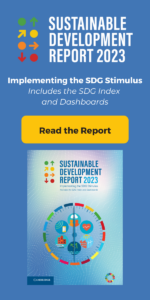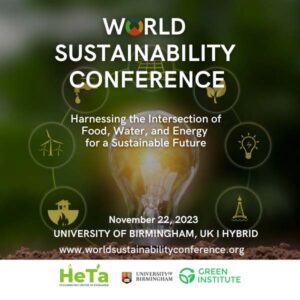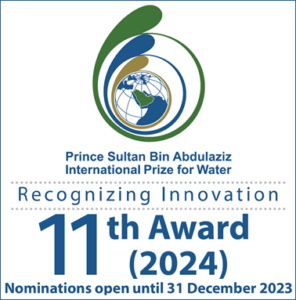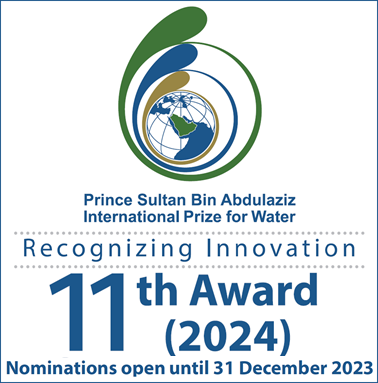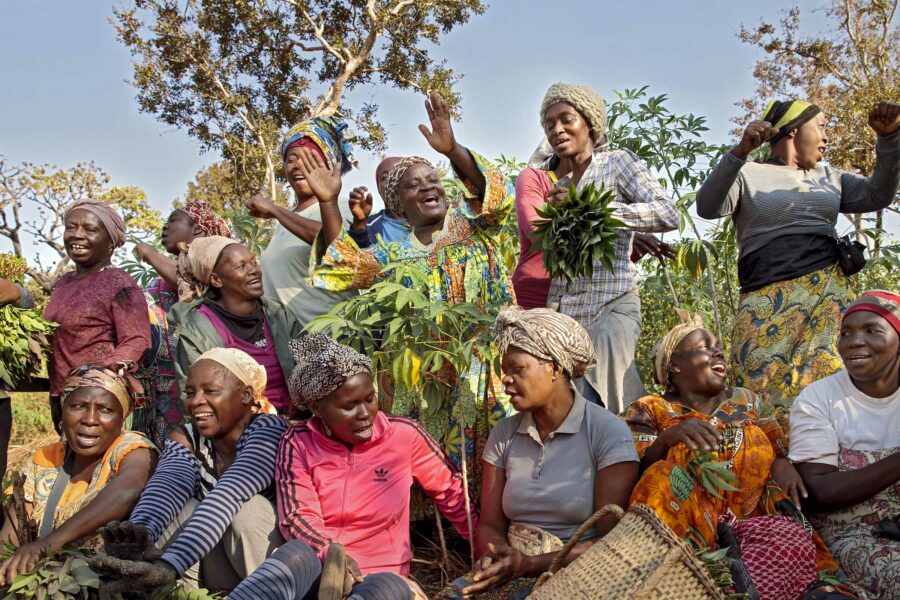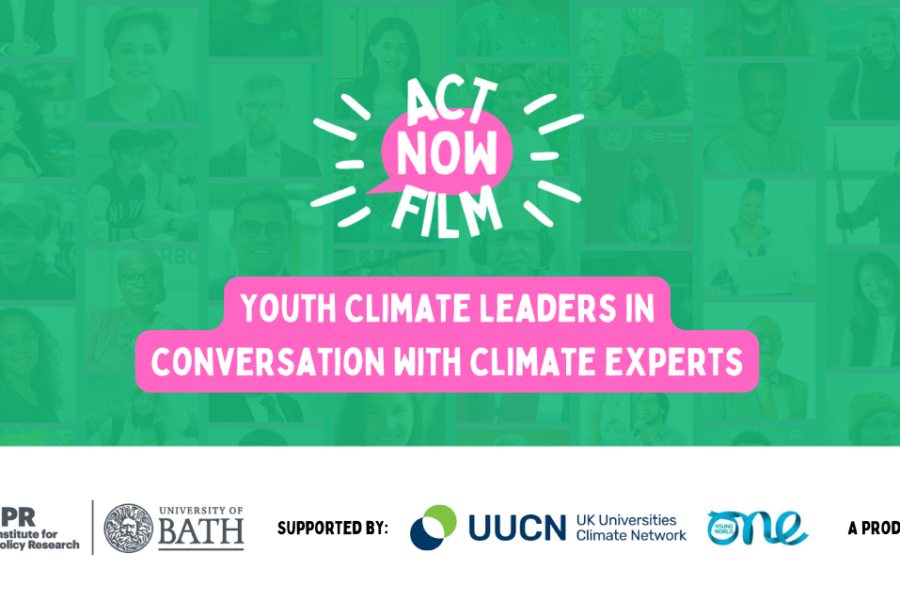Toward a more natural cityscape
After nearly a century of believing that engineering solutions could conquer nature to make cities productive and efficient centers of socio-economic development, some urban planners now realize that nature is something to design with, not against. But how do we invite nature back in when cities have been built to keep nature out?
Cities — Global
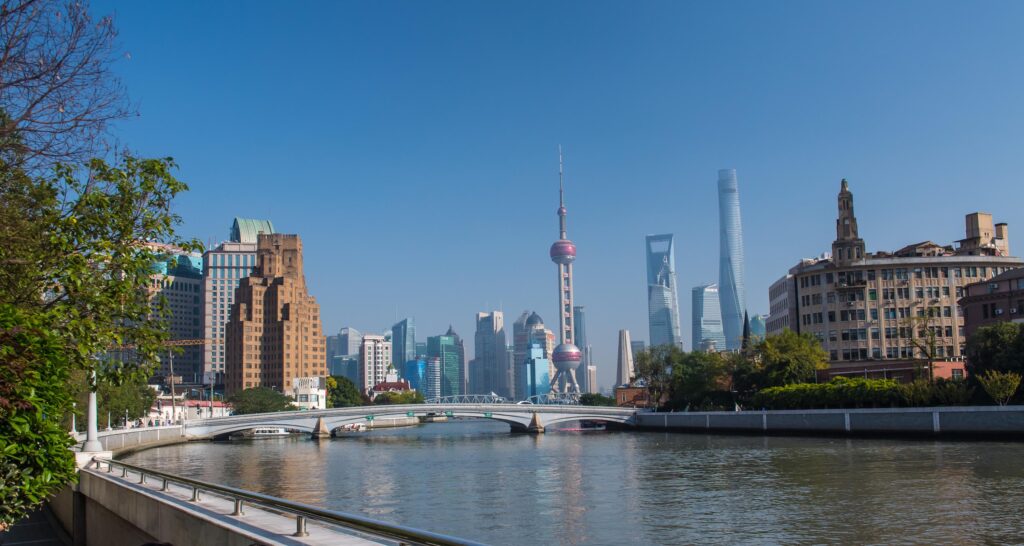
On July 20 2021 a historic torrential downpour inundated Zhengzhou, a city of some 10 million people in China’s Henan province. Low-lying tunnels and underpasses trapped more than 500 passengers in a subway train, while hundreds of vehicles and buses were submerged within minutes. Businesses, homes, and office buildings were damaged from floods and landslides. The disaster claimed the lives of almost 300 people in Zhengzhou, with direct losses totaling USD 8.38 billion (CNY 53.2 billion). Outside the city, rivers and reservoirs swelled across the province, causing even bigger losses: a death toll of more than 500 people and an estimated economic hit of nearly USD 18 billion (CNY 114.3 billion).
The Zhengzhou downpour was billed by Zhengzhou’s weather station as a “once in a thousand years” event, yet climate change is making urban floods and other natural hazards more common and more severe in Asia and the Pacific. With the region’s urban population expected to grow from 1.84 billion in 2017 to 3 billion by 2050, and at a projected urbanization rate of 64%, we face urgent questions about how to prepare cities to address the impacts of climate change.
A nature-positive approach
Urban infrastructure has relied on engineering solutions, and we have defaulted to traditional engineering for quickly reinvigorating economies in the wake of COVID-19. But cities need new approaches, ones that build with nature, not against it: ones that build forward better and not just back. New strategies should combine best practice engineering with nature-based solutions.
The Asian Development Bank (ADB) believes a nature-positive approach can transform energy, infrastructure, and transport in urban areas in ways that build greater resilience, enrich biodiversity, store carbon, and meet development needs. Nature-positive approaches challenge conventional urban governance, spatial planning, traditional engineering, and even capital markets by offering broad opportunities for greater resilience. Just as urban development is multi-sectoral, so nature-based urban development can contribute to the broad Sustainable Development Goals (SDG) agenda. Nature-positive approaches support SDG 11 to make cities and human settlements inclusive, safe, resilient, and sustainable. They also answer SDG 13’s call for urgent action on climate change. Nature-positive approaches offer new levels of protection against climate impacts, more equitable access to natural environments for good health and well-being, and reliable infrastructure.
Four ways to build forward better with nature
Whether retrofitting established cities or starting fresh with new urban areas, here are four nature-positive approaches ADB is spearheading to integrate nature in urban development planning.
1. The integrated approach
Urban leaders from municipal governments, the private sector, and stakeholder advocacy groups should commit to a “systems approach” to urban governance for breaking down smart city silos. A systems approach:
- considers the needs of all stakeholders
- moves away from decision-making driven by cost efficiencies, ad hoc urban planning, and traditional engineering and construction
- accounts for the economic value of natural ecosystems
Singapore is making that shift. The city state’s statutory integrated and comprehensive master plan for land use, known as the Singapore Green Plan, guides the city’s medium-term development with relevant government agencies, the private sector, and residents. The plan calls for one million new trees to be planted between 2020 and 2030, an increase in nature parks area by 50%, and ensuring a park is no more than a 10-minute walk from every household.
2. Spatial planning with nature
Governments must lead the integration of more nature into spatial planning decisions and restore a well-functioning ecological foundation in cities. This ecological layer will preserve nature habitats within and around cities, restore degraded land, and embed nature in new and updated infrastructure, such as green corridors along high streets, mass transit and pedestrian routes, and green roofs. Governments can influence nature-based urban land use planning by funding programs that safeguard land for high ecological and conservation values.
An example is China’s “sponge city” approach. It incorporates green infrastructure – such as wetlands, water retention parks, and rain gardens – that retains and absorbs natural rainwater flows to naturally infiltrate the ground and recharge the groundwater. China began testing the sponge city concept in 2015 with 16 pilot cities around the country. These include Jilin Yanji and Shenzhen where, through ADB’s sovereign and non-sovereign services, bank-funded projects have started developing urban water infrastructure systems to replicate natural processes to soak up heavy rainfall and flooding and release stored water for reuse.
That “once in a thousand year” storm in Zhengzhou happened to a sponge city. An investigation following that catastrophic event highlighted what Zhengzhou and many cities urgently need: integrated planning, agile and informed government systems and leadership, and structural and nonstructural measures. Zhengzhou’s experience has proven that integrating nature and climate risk assessments into urban planning is essential and cost-effective.
3. Nature-based solutions
Cities need solutions that reconnect them to the biosphere. Nature-based solutions provide natural ecosystem services that mitigate the impact of climate stressors, raise the climate resilience of urban areas, and improve people’s everyday welfare.
An example is the New Clark City project in the Philippines. To mitigate flood risks, the government opted for greenfield urban development over traditional river channelizing and high embankments, which would have been costly and created risks of flooding downstream and reduced groundwater recharge. With ADB’s support, New Clark City instead created impounding areas, taking advantage of the river’s natural features and innate capacity to restrain floods. This has conserved biodiversity, created public recreation space, and earned the city a reputation for working with nature and valuing native and indigenous plant species.
4. Enable capital investments in nature
The depreciation of natural capital as a development impact must be accounted for in our financial analysis, reporting, and decision-making. Government and financial partners can hold themselves and the private sector accountable to nature by firstly including social and environmental impacts, whether positive or negative, in the project appraisal process.
Second, governments can use policy, regulatory, and financial incentives to compel the private sector to measure and disclose climate and nature-related financial risks, such as water stress and coastal flood risk assessment, related to their infrastructure assets, operations, and new project proposals.
Lastly, they can work with development partners to create new markets and models to de-risk private investment in nature and make nature an attractive investment.
Policy programs can support eco-compensation and market-based instruments, such as certified blue bonds and green bonds. ADB’s non-sovereign operations have successfully brokered blue and green bonds for climate-resilient infrastructure and nature-based solutions.
A symbiotic relationship
Integrating nature-based solutions into urban development planning will add complexity to governance and project preparation. But, over the longer term, nature-positive approaches will prove more adaptive, flexible, and more economical than traditional engineering alone.
Cities need nature more than nature needs cities, so it is vital that nature is integrated into every aspect of a city’s life. It is better for nature and cities to exist in a symbiotic relationship: changing and reinforcing each other.

